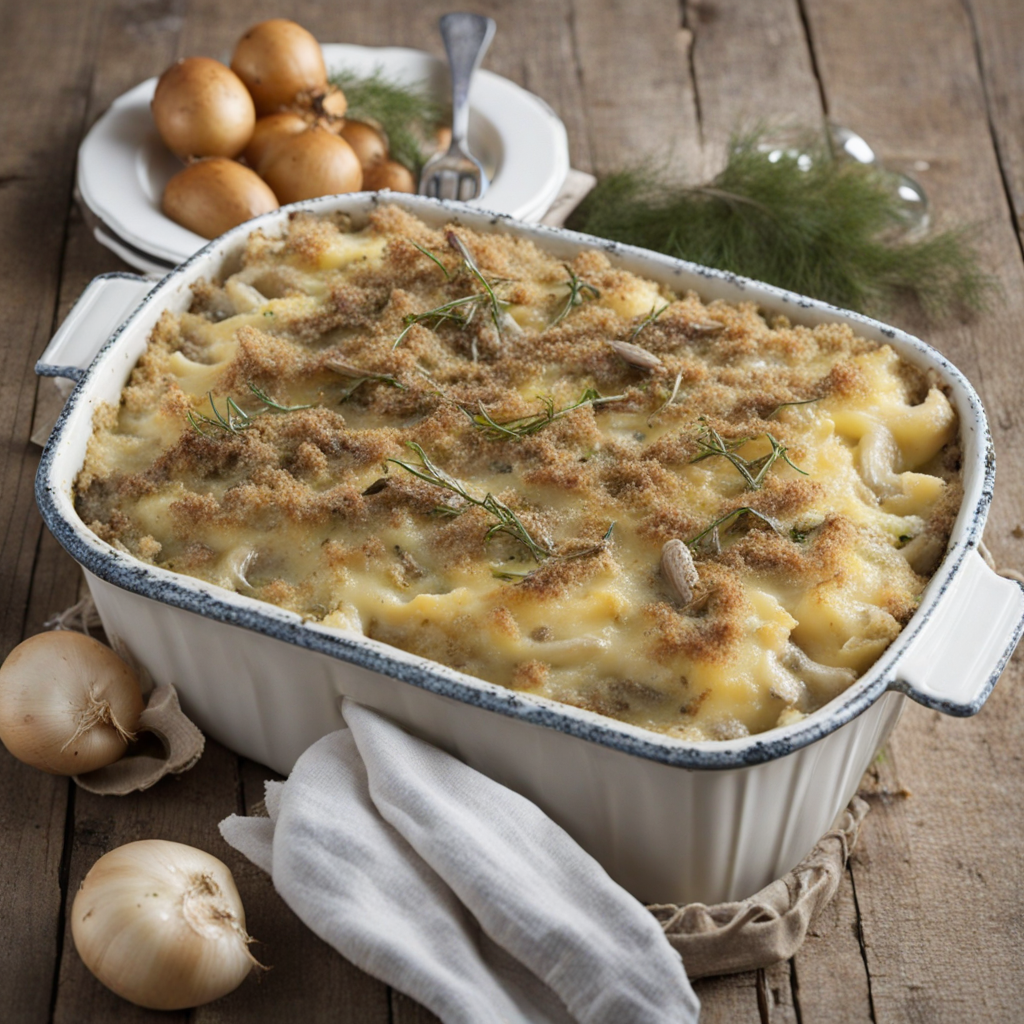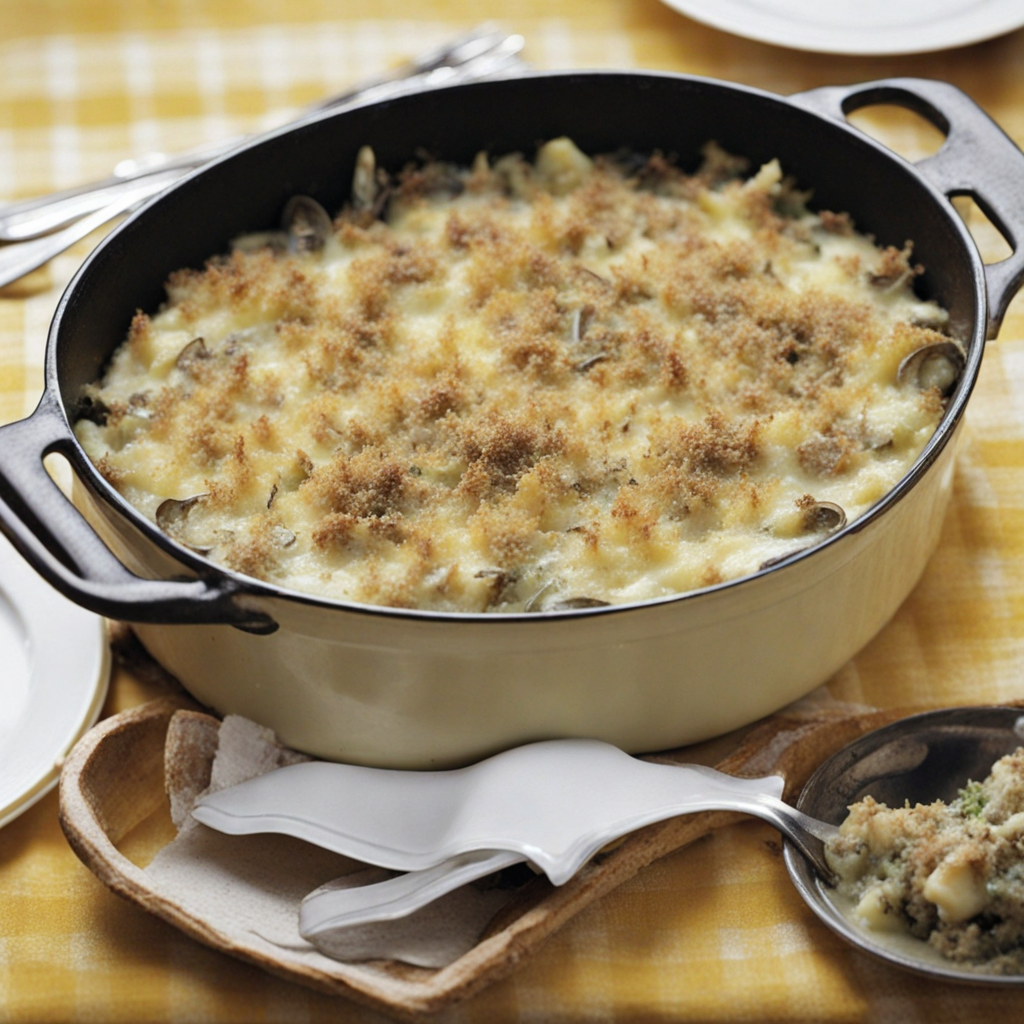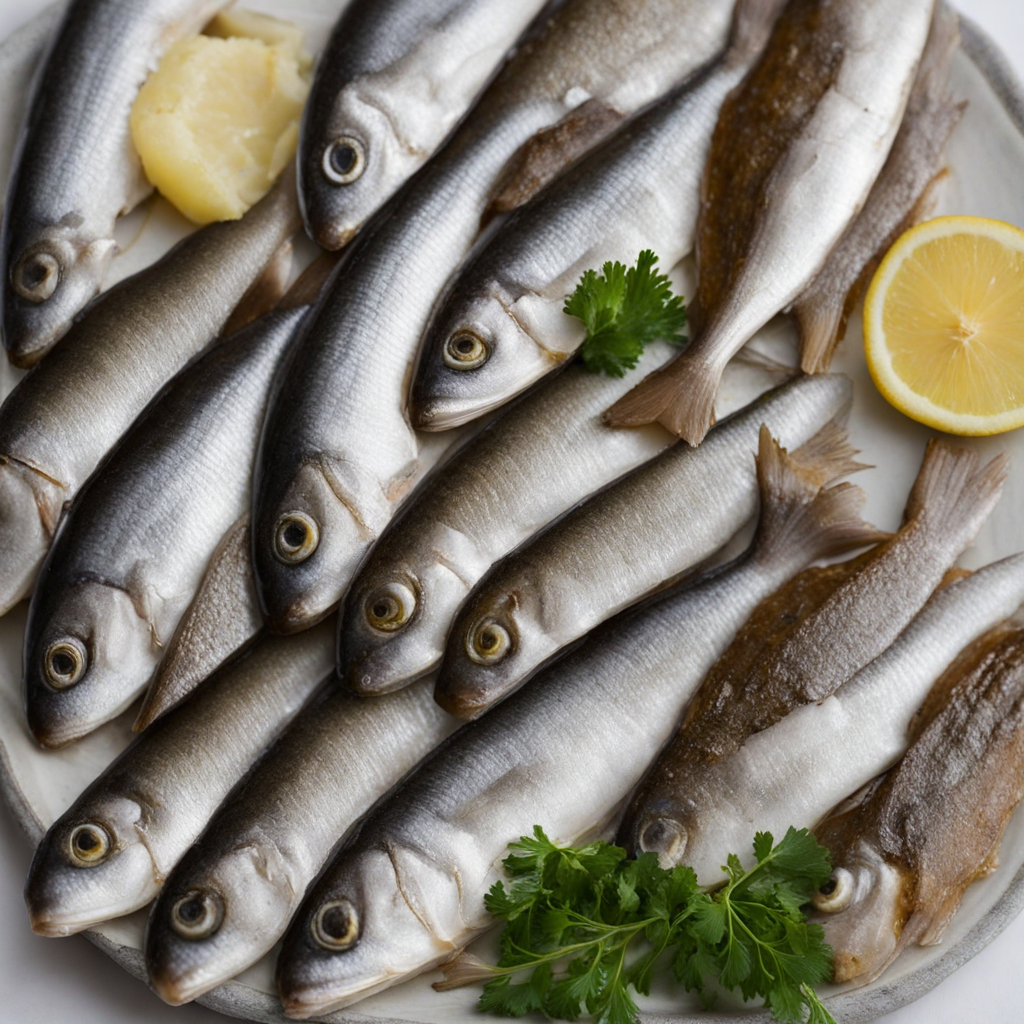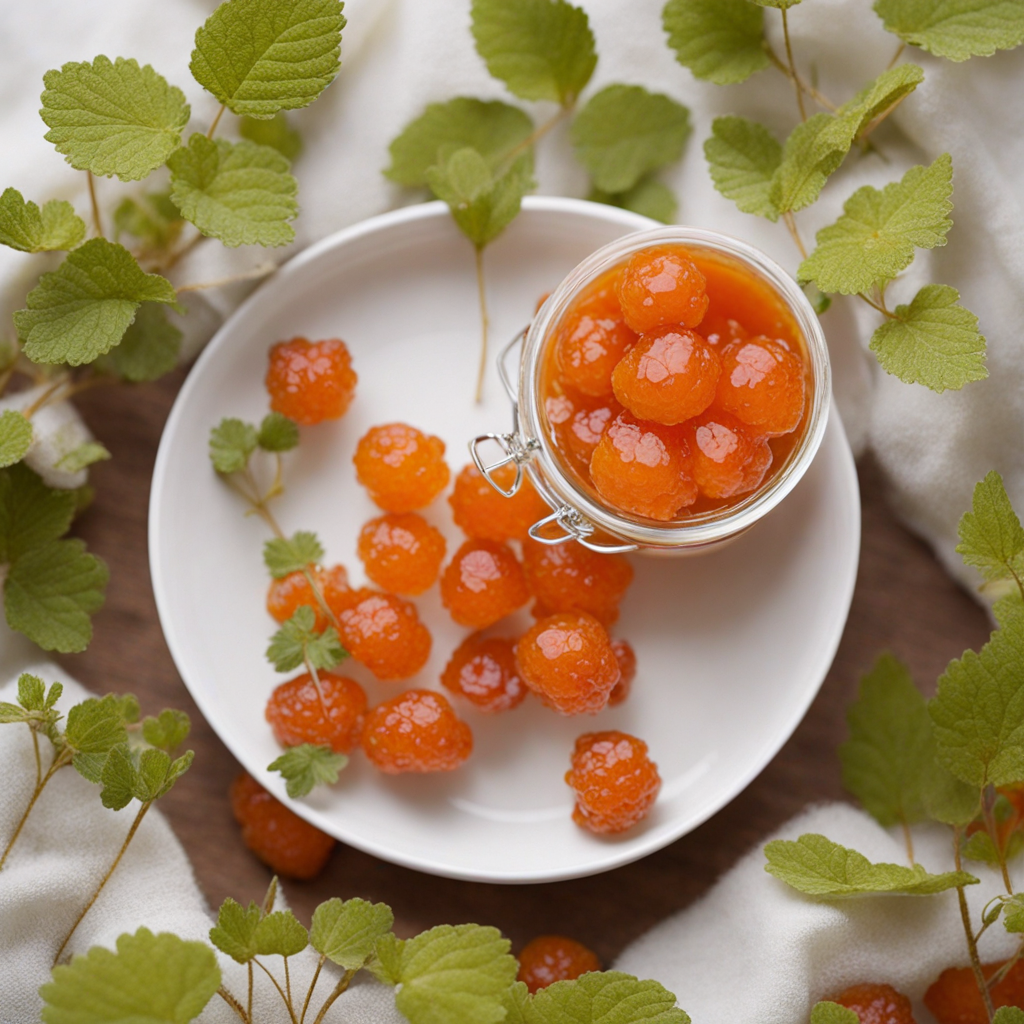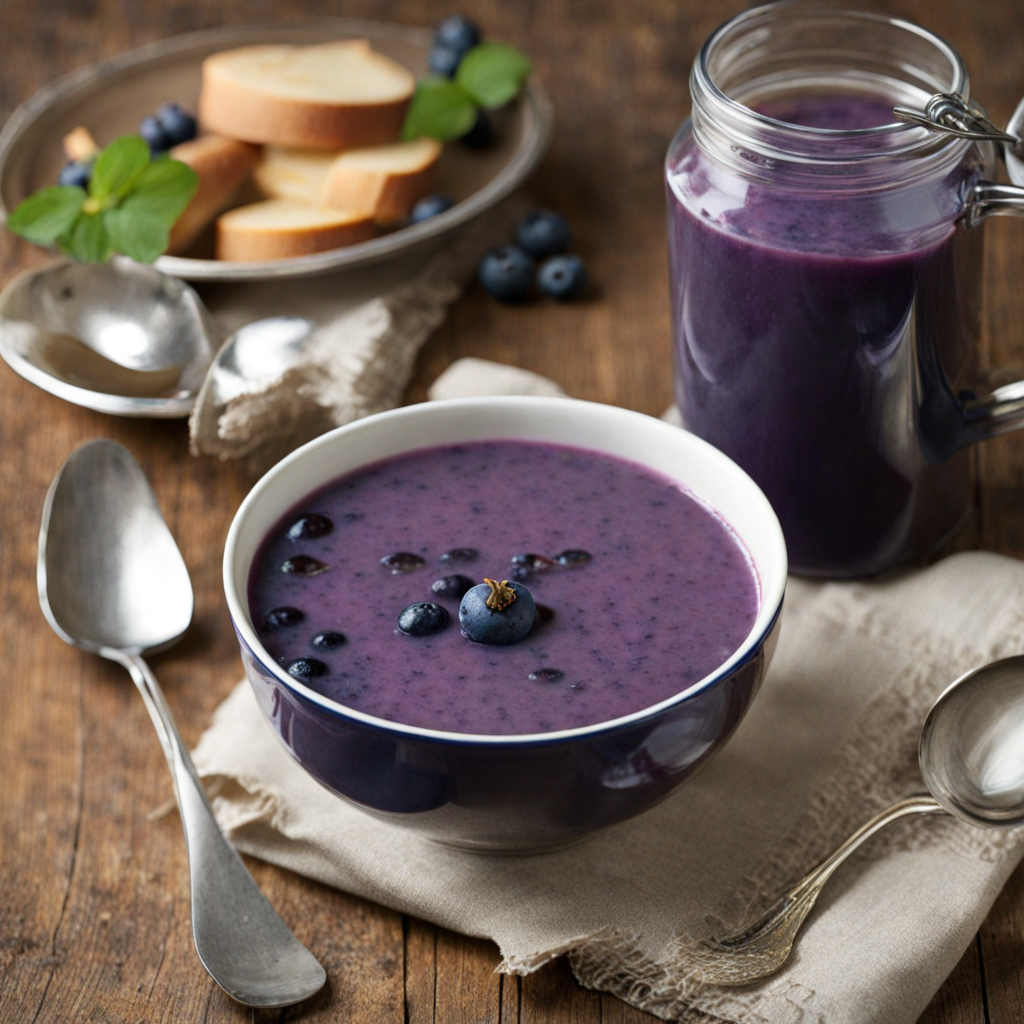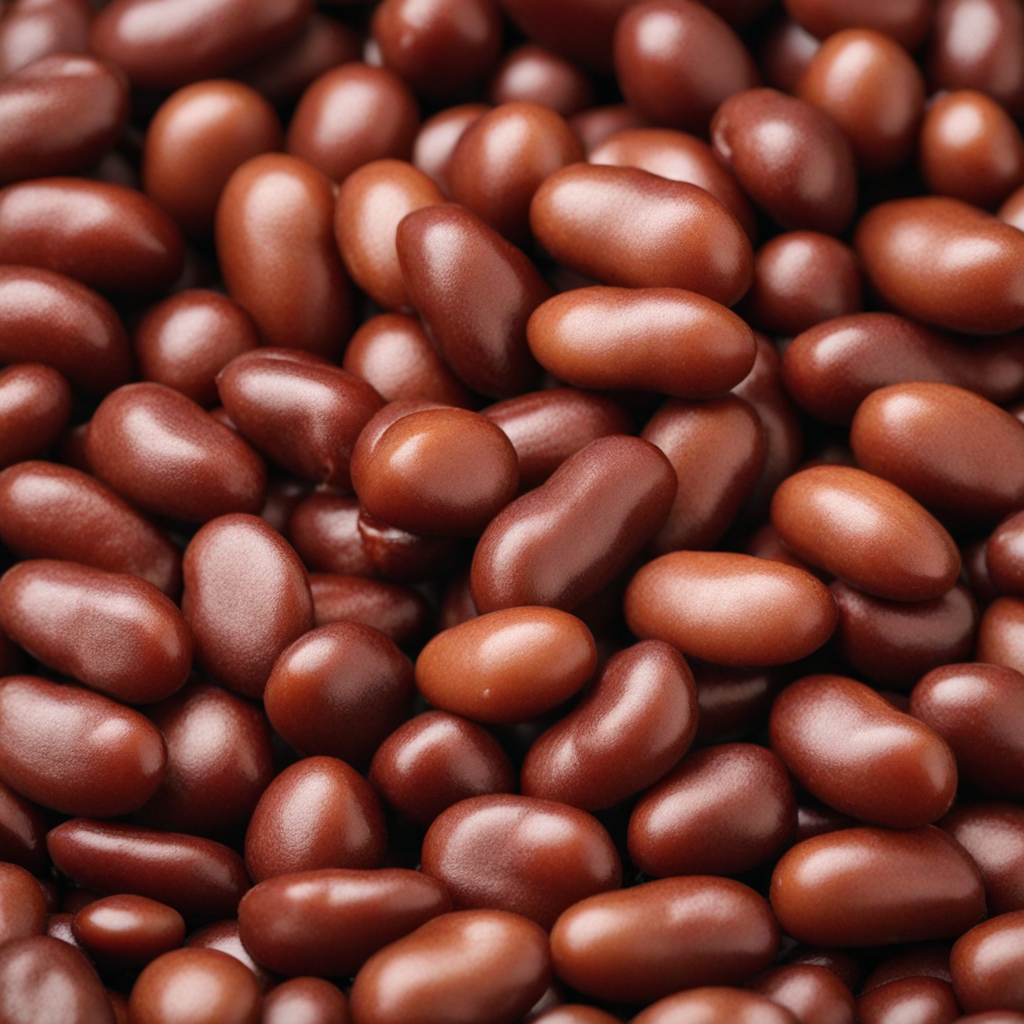Jansson's Temptation
Jansson's Temptation, or Jansson's Frestelse, is a traditional Swedish casserole that beautifully showcases the comfort and richness of Nordic cuisine. This creamy dish is primarily made with layers of thinly sliced potatoes, onions, and anchovies, which together create a harmonious blend of flavors. The anchovies, often referred to as "sprats" in Sweden, provide a distinctive umami kick, balancing the sweetness of the caramelized onions and the earthiness of the potatoes. The dish is then generously coated in a creamy mixture of heavy cream and milk, resulting in a luscious texture that envelops each ingredient. As it bakes, Jansson's Temptation develops a golden, slightly crisp top that signals the deliciousness within. The aroma that fills the kitchen is a delightful combination of savory and sweet notes, inviting anyone nearby to indulge in its warmth. Each bite offers a comforting blend of flavors, with the salty anchovies complementing the creamy potatoes, making it not just a side dish but a star at any dining table. Traditionally served during festive occasions, this casserole embodies the essence of Swedish holiday meals, often making an appearance at Christmas gatherings. This dish is not only a reflection of Swedish culinary heritage but also a celebration of simple, wholesome ingredients that come together to create something extraordinary. Whether enjoyed alongside pickled herring, meatballs, or simply on its own, Jansson's Temptation offers a unique taste experience that captures the heart of Swedish home cooking. Its robust flavors and creamy texture make it a must-try for anyone eager to explore new tastes and delve into the rich culinary traditions of Sweden.
How It Became This Dish
Janssons Frestelse: A Culinary Journey Through Sweden #### Introduction Janssons frestelse, often translated as “Jansson's Temptation,” is a quintessential dish in Swedish cuisine that has become deeply ingrained in the nation’s cultural fabric. A creamy, comforting casserole made with potatoes, onions, cream, and anchovies, it is a staple on the Swedish Christmas table and at various celebrations throughout the year. The dish not only tantalizes the palate but also tells a story of culinary evolution, cultural significance, and the melding of flavors that reflect Sweden's history. #### Origins The origins of Janssons frestelse can be traced back to early 20th-century Sweden, with the dish being named after a famous Swedish opera singer, Pelle Janzon (often spelled as Jansson). However, culinary historians suggest that the dish may have deeper roots in the 19th-century Swedish culinary scene. The original recipe is believed to have been inspired by the French gratin, a dish that was gaining popularity in Europe at the time. The primary ingredients—potatoes, onions, cream, and anchovies—speak to the agricultural practices and maritime resources of Sweden. Potatoes were introduced to Sweden in the late 18th century and quickly became a staple food, thanks to their adaptability to the Swedish climate. Anchovies, on the other hand, were imported from southern Europe, reflecting Sweden's growing trade connections and the influence of Mediterranean flavors on Swedish cuisine. #### Cultural Significance Janssons frestelse is not just a dish; it embodies the essence of Swedish celebration and togetherness. Traditionally served during the festive season, particularly at the julbord, or Christmas buffet, it represents the spirit of Swedish hospitality. The dish is often accompanied by other traditional foods such as herring, meatballs, and lutfisk, creating a feast that showcases the abundance of the season. In Swedish culture, food often plays a central role in gatherings, and Janssons frestelse is no exception. Its creamy texture and rich flavors evoke feelings of warmth and comfort, making it a beloved favorite among families. The dish has also evolved to be featured at other occasions, including Midsummer celebrations, weddings, and birthdays, solidifying its reputation as a versatile and cherished staple of Swedish culinary tradition. #### Evolution Over Time As Sweden modernized in the mid-20th century, so too did Janssons frestelse. The dish has undergone various adaptations, reflecting changes in dietary preferences, accessibility of ingredients, and culinary trends. While the traditional recipe calls for anchovies, some contemporary versions use sprats or even vegetarian substitutes, appealing to a wider audience concerned with sustainability and health. The original recipe often included a specific type of anchovy called "ansjovis," which in Sweden refers to sprats that have been preserved in a spiced brine. This has led to some confusion among culinary enthusiasts outside of Sweden, where the term "anchovy" typically refers to a different fish. The use of "ansjovis" is crucial to achieving the authentic flavor profile of Janssons frestelse and highlights the importance of regional ingredients in traditional recipes. In the late 20th century, the dish began to gain international recognition as Swedish cuisine started to emerge on the global stage. Swedish chefs and food enthusiasts began to showcase Janssons frestelse at food festivals and culinary events worldwide, introducing this delightful casserole to a broader audience. Cookbooks devoted to Nordic cuisine began to include the dish, further cementing its status as a symbol of Swedish culinary heritage. #### Janssons Frestelse in Modern Times Today, Janssons frestelse remains a beloved dish in Sweden and among Swedish communities worldwide. Its presence on social media platforms and cooking blogs has introduced new generations to the dish, inspiring home cooks to recreate and innovate upon the classic recipe. Contemporary chefs have also embraced Janssons frestelse, experimenting with flavors and presentations to appeal to modern palates. The rise of interest in Nordic cuisine, often referred to as the New Nordic movement, has also contributed to the dish’s resurgence. Chefs are now experimenting with local, seasonal ingredients, ensuring that Janssons frestelse remains relevant in today’s culinary landscape. The dish has found its way onto the menus of upscale restaurants, where chefs pay homage to traditional methods while incorporating contemporary flair. Janssons frestelse is also deeply interwoven with Swedish identity and pride, particularly during the Christmas season. Its presence at festive gatherings reinforces a sense of belonging and continuity, connecting generations through shared culinary experiences. The ritual of preparing and sharing the dish reinforces familial bonds, making it more than just a meal but a celebration of culture, history, and tradition. #### Conclusion Janssons frestelse is much more than just a casserole; it is a testament to Sweden's rich culinary heritage, cultural significance, and evolving nature. From its humble beginnings to its status as a beloved dish at festive celebrations, it encapsulates the essence of Swedish hospitality and the importance of food in bringing people together. As the world continues to gravitate toward authentic and meaningful culinary experiences, Janssons frestelse stands as a delicious reminder of the past, a celebration of the present, and a promise of future generations to cherish and honor traditional Swedish cuisine. Whether served at a Christmas buffet or enjoyed on a summer’s day, Janssons frestelse remains a dish that tempts the taste buds and warms the heart, forever solidifying its place in Sweden’s culinary legacy.
You may like
Discover local flavors from Sweden


